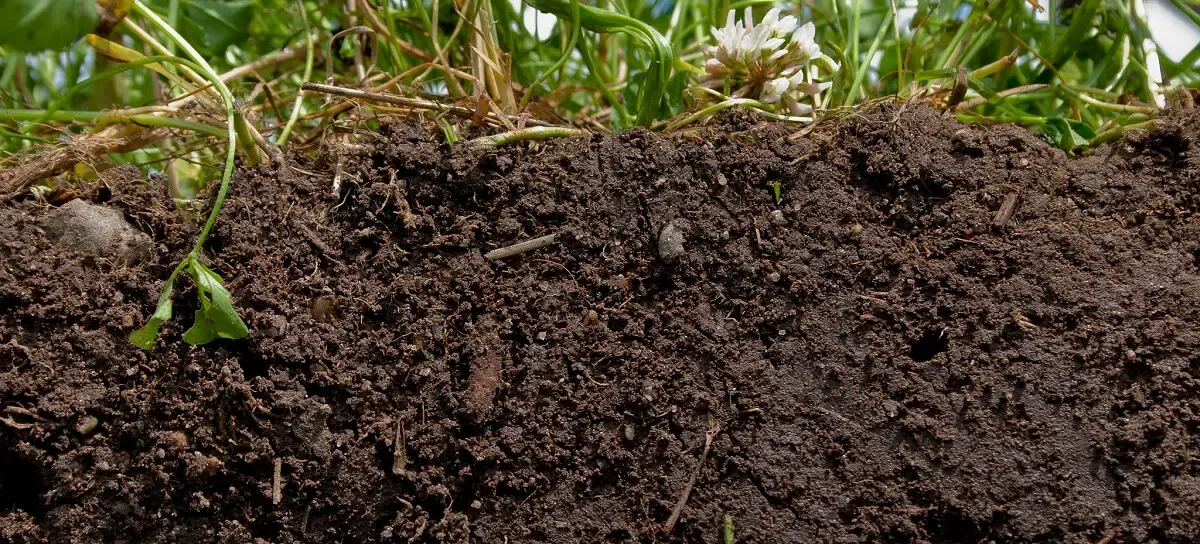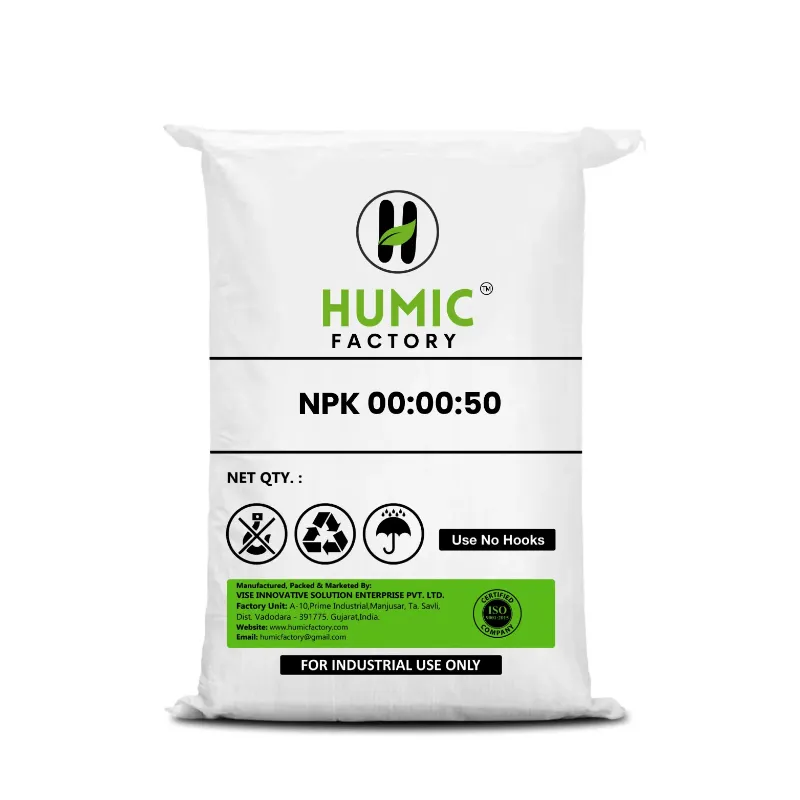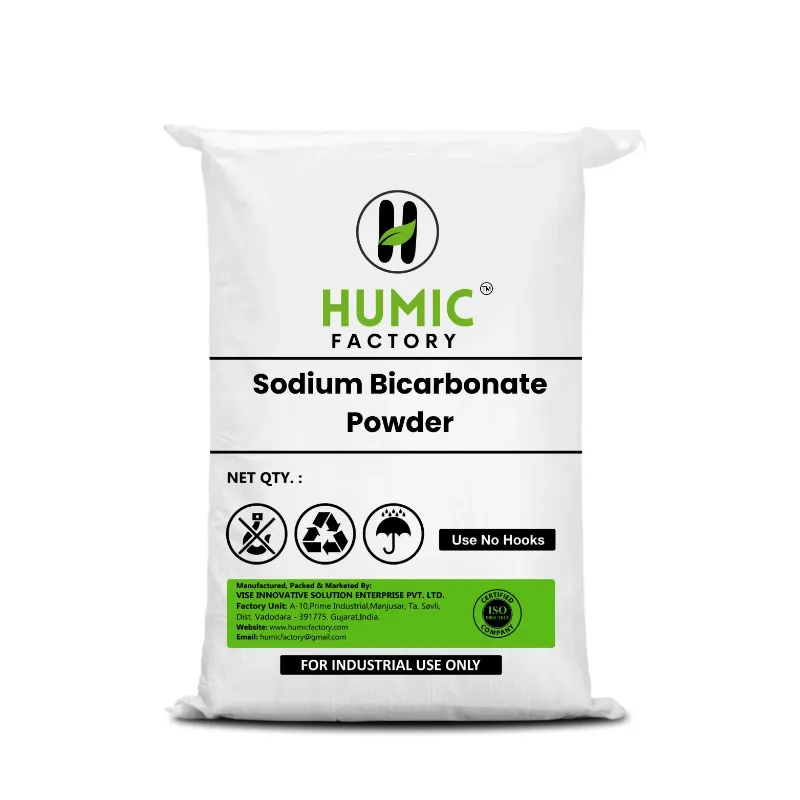The time it takes to see results from using humic acid in the soil can vary depending on several factors, including soil conditions, crop type, application method, environmental factors, and the specific goals of humic acid application. While some benefits of humic acid may be noticeable relatively quickly, others may take longer to manifest. Understanding the factors influencing the effectiveness of humic acid application and managing expectations accordingly is essential for maximizing its benefits in agricultural and horticultural systems. Here are several key points to consider regarding the timeline for observing results from using humic acid in the soil:
1. Soil Conditions:
The initial soil conditions play a significant role in determining the timeline for seeing results from humic acid application. In degraded or nutrient-deficient soils, where soil fertility and structure are poor, the effects of humic acid may be more noticeable in the short term. Humic acid can improve soil structure, enhance nutrient availability, and promote microbial activity, leading to visible improvements in soil health and plant growth within a relatively short period after application.
2. Crop Type and Growth Stage:
The type of crop being grown and its growth stage can influence the timeline for observing results from humic acid application. Some crops may respond more quickly to humic acid, especially those with high nutrient demands or sensitive to soil conditions. Additionally, the growth stage of the crop at the time of humic acid application can affect the timing and magnitude of the response. For example, crops in the early stages of growth may show faster and more significant responses to humic acid compared to mature crops.
3. Application Method and Rate:
The method and rate of humic acid application can influence the timeline for seeing results. Liquid humic acid solutions applied through irrigation or foliar spray may lead to more rapid absorption and uptake by plants, resulting in quicker responses compared to solid humic acid products applied to the soil surface. Additionally, higher application rates of humic acid may lead to more pronounced effects in the short term, although care should be taken to avoid overapplication and potential negative effects.
4. Environmental Factors:
Environmental factors such as temperature, moisture, and microbial activity can affect the timeline for observing results from humic acid application. Warmer temperatures and adequate soil moisture levels can accelerate microbial activity and nutrient cycling, enhancing the effectiveness of humic acid in the soil. Conversely, adverse environmental conditions such as drought or extreme temperatures may delay the response to humic acid application until conditions become more favorable for plant growth and nutrient uptake.
5. Specific Goals of Application:
The specific goals of humic acid application can also influence the timeline for observing results. Some benefits of humic acid, such as improved soil structure and microbial activity, may be noticeable relatively quickly, leading to enhanced soil health and nutrient availability. However, other benefits, such as long-term improvements in soil fertility, nutrient cycling, and plant resilience, may take more time to manifest and may require continuous application over multiple growing seasons to achieve desired outcomes.
6. Long-Term Effects:
While some effects of humic acid may be observed relatively quickly after application, its long-term effects on soil health and plant performance are equally important. Continuous application of humic acid over multiple growing seasons can lead to cumulative benefits, including improved soil structure, increased soil organic matter content, enhanced nutrient cycling, and sustained improvements in crop productivity and resilience. Monitoring soil and plant responses over time can provide valuable insights into the long-term effects of humic acid application and inform management decisions.
In summary, the timeline for observing results from using humic acid in the soil can vary depending on factors such as soil conditions, crop type, application method and rate, environmental factors, and the specific goals of application. While some benefits of humic acid may be noticeable relatively quickly, others may take longer to manifest, especially those related to long-term improvements in soil health and plant performance. Understanding the factors influencing the effectiveness of humic acid application and managing expectations accordingly is essential for maximizing its benefits in agricultural and horticultural systems.





